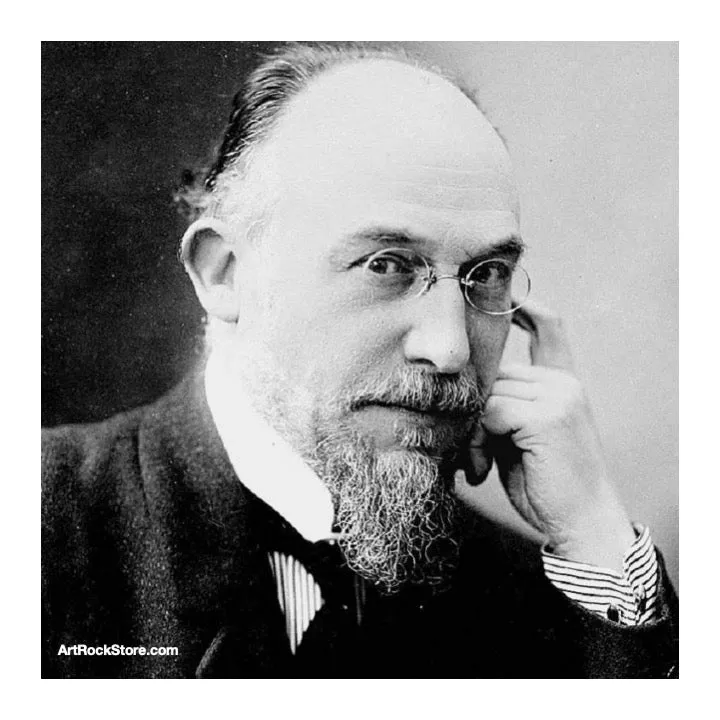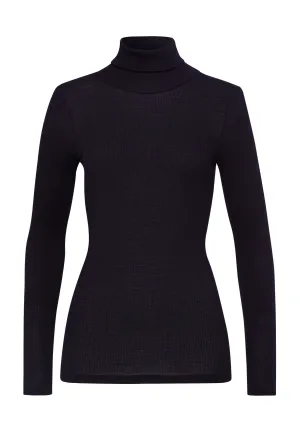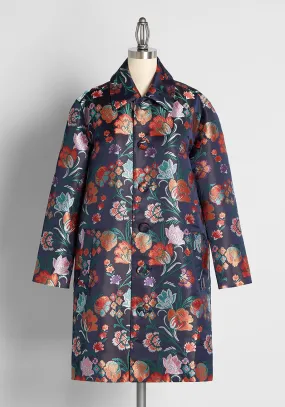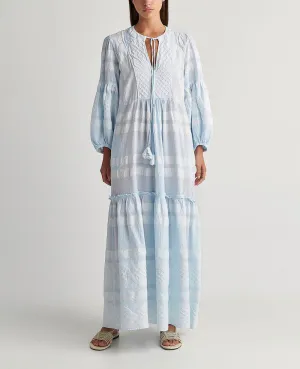Eric Alfred Leslie Satie was a French composer and pianist born 1866 in Honfleur, France. Satie, who signed his name Erik Satie after 1884, is famed for helping to provide the pre-war pathway to minimalism in classical music, with his so-called "furniture music". His piano compositions, most famously the Gymnopédies suite of 1888 and the Gnossiennes suite of 1893, set the tone for experimentation within the next century of composers. Satie strongly influenced emerging composers such as Debussy, instructing them to avoid classical Wagnerian influences, and move towards more simplistic modes, even incorporating early jazz forms. Satie was unconventional in many ways, academically, he studied at the Paris Conservatoire as a youth, but was an undistinguished student and obtained no diploma. Later in life he returned to formal studies as a mature student in order to improve his technique, but he remained apart from the Academic establishment. At the age of 21, Satie began living in the low-rent area of Montmartre close to the popular Chat Noir cabaret, where he became an habitué and then a resident pianist. There he embraced the reckless bohemian lifestyle and created for himself a new persona as a long-haired man-about-town in frock coat and top hat. This was the first of several personas that Satie invented for himself over the years. It was around this time that Satie composed the Gymnopédies and the Gnossiennes which have become the touchstones of his work and much loved to the present day. He earned a modest living as pianist and conductor at the Chat Noir, before falling out with the proprietor and moving to become second pianist at the nearby Auberge du Clou. There he became a close friend of Claude Debussy, who proved a kindred spirit in his experimental approach to composition. Both were bohemians, enjoying the same café society and struggling to survive financially. In 1898, in search of somewhere cheaper and quieter than Montmartre, Satie moved to a single room in the southern suburbs of Arcueil, which remained home for the rest of his life. His room at Arcueil, where no visitors were ever admitted, was found to be in a squalid state after his death, with the scores of several important works which were believed lost, found among the accumulated rubbish. It was not until late in his career that Satie enjoyed some degree of popular acclaim. When surrealist playwright Jean Cocteau heard Satie's work Trois morceaux performed in 1916, he commissioned the ballet Parade, which premiered in 1917. With Sergei Diaghilev's Ballets Russes, music by Satie, sets and costumes by Pablo Picasso and choreography by Léonide Massine, the production was a succès de scandale in war-time Paris. With jazz rhythms and instrumentation including parts for typewriter, steamship whistle and siren, it firmly established Satie's name before the public, and thereafter his career centred on the theatre. In terms of recordings of Satie's works there are many excellent releases of his stage, chamber, orchestral and solo piano works, in particular the famous Gymnopédies and the Gnossiennes. Some of the most outstanding interpreters of these are John McCabe, Aldo Ciccolini, Bojan Gorisek, France Clidat and Patrick Cohen. Despite being a musical iconoclast, and encourager of modernism, Satie himself was uninterested in innovations such as the telephone, the gramophone and the radio. He made no recordings, and as far as is known heard only a single radio broadcast, and made only one telephone call. The importance of Erik Satie has been voiced by many modern composers including Brian Eno and Philip Glass, but one of Satie's greatest admirers was music theorist and experimentalist John Cage who when commenting on the development of modern music declared “It’s not a question of Satie’s relevance, he’s indispensable.”
Artist Website:
Featured Albums:
Related Artists:
Collections:












